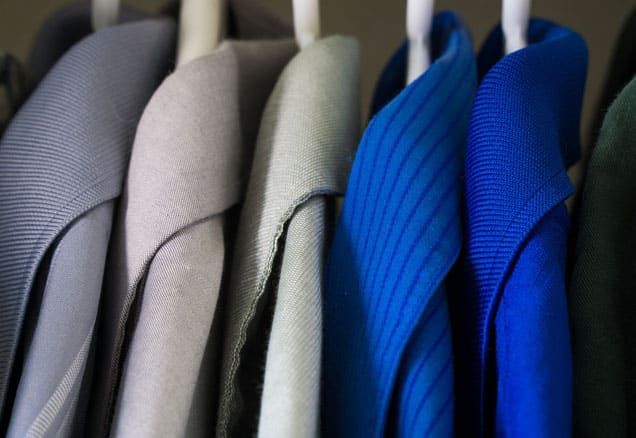Reduce your footprint with sustainable fashion
In the last decade, conversations about sustainable living have become commonplace. You can recycle cans and bottles to save our planet and turn a profit. You can put solar panels on your home and buy a hybrid vehicle to use less energy. But, did you know an easy and relatively affordable way to live a greener lifestyle is in your closet?
Sustainable fashion is an increasingly popular trend that promotes environmentally friendly and ethical clothing options. The production of sustainable clothing begins with the fibers used to make them, but for consumers, participating in the growing sustainable fashion trend can mean a variety of things.
Zeta Tau Alpha Sorority at Baylor University held a sustainable fashion show called “Project Greenway.” The idea was to showcase fashions made completely out of recycled materials. For the sorority that meant anything from aluminum cans to recycled fabric. But if wearing recycled garbage isn’t your idea of a trendy fashion statement…yet, here are some practical steps to help reduce your carbon footprint.
Buy Sustainable Clothes
Filling your closet with sustainably and ethically produced clothing is easier said than done. This requires a conscious choice to purchase clothes made with natural and renewable fibers like organic cotton, recyclon (a recycled equivalent to nylon) and ecocircle plant fiber, a plant-based polyester.
In the past, finding retail stores that sell sustainable fashion was difficult, however, H&M, one of the largest affordable retailers has expressed a commitment to offering sustainable options. The Guardian recently interviewed H&M’s environmental sustainability manager, Henrik Lampa, who said, “We see it as part of our job to make conscious choices desirable and accessible to as many people as possible.”
The company is continuously looking for materials and processes that make products more sustainable. Other eco-friendly fashion brands include Feral Child, Titania Inlis and Study NY.
Upcycle Your Wardrobe
An alternative to searching for sustainable fashion brands and retailers is altering what you already have in your closet. The idea is to take clothes you would normally donate and turn them into new fashions, thereby reducing the need to use more materials in the production of new clothes.
The goal of an upcycled product is to turn it into a higher valued piece than it was originally. For instance, taking a simple cotton dress and transforming it into something couture. But keep in mind you do want to be able to wear these clothes on the regular. Keep couture in check by just adding some simple embellishments or textures.
Recycle Your Closet
An older take on sustainable fashion is recycling your wardrobe. One person’s trash is another person’s treasure. Similar to upcycling, recycling your wardrobe allows for clothes to be redistributed without having to be reproduced. The difference is that recycled clothes can be sold rather than being transformed, making it simple for you to get rid of old clothes without having to put in any work.
After cleaning out your closet, bag up gently worn clothes that you’ve outgrown or just don’t use anymore. Find your nearest thrift store and sell it. Even easier than selling to a thrift store is exchanging clothes with friends, you’ll get dibs on the best pieces before they’re given away.
If you do decide to sell your clothes, the new “hipster” culture is prevalent everywhere and is keen to thrifting, so your old clothes should easily find new purpose in someone else’s closet. On top of the trend toward buying recycled clothes, there is an abundance of thrift stores willing to pay you for your recycled clothes. Some big name retailers include Savers, Plato’s Closet, Crossroads, and Buffalo Exchange.
Sometimes making a change to become greener can seem intimidating, but finding sustainable fashion shouldn’t be difficult or expensive. With retailers like H&M, a basic knowledge of upcycling, and knowing your local second hand clothing stores, you can easily reduce your fashion footprint without having to make a complete lifestyle change.









